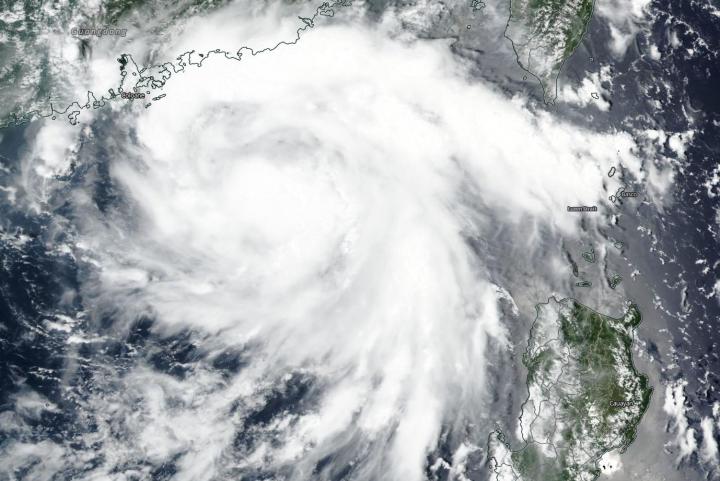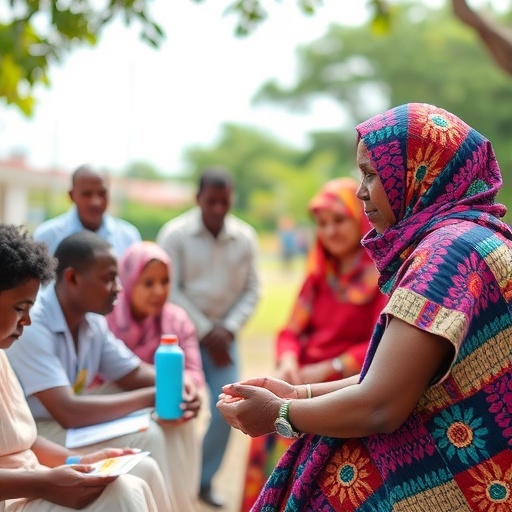
Credit: Credit: NASA Worldview, Earth Observing System Data and Information System (EOSDIS)
NASA-NOAA’s Suomi NPP satellite passed over the South China Sea and captured a visible image of Tropical Storm Higos. Higos is headed for landfall in southeastern China.
The Visible Infrared Imaging Radiometer Suite (VIIRS) instrument aboard Suomi NPP provided a visible image of Tropical Storm Higos is it moved in a northwesterly direction and toward a landfall in southeastern China. The VIIRS image revealed deep, persistent convection and developing thunderstorms obscuring a low-level circulation center. The VIIRS image also showed there were bands of thunderstorms wrapping around the northern periphery of the system.
At 11 a.m. EDT (1500 UTC), Tropical Storm Higos had maximum sustained winds near 45 knots (52 mph/83 kph). It was located near latitude 21.3 degrees north and longitude 114.3 degrees east, about 82 nautical miles south-southeast of Hong Kong, China.
The Joint Typhoon Warning Center (JTWC) expects Higos to continue moving west-northwest until landfall. Warm sea surface temperatures and low wind shear will fuel intensification so it expected to peak at 50 knot (58 mph/93 kph) sustained winds before landfall, south of Hong Kong. JTWC noted, “After landfall, the rugged terrain of mainland China, in addition to increasing vertical wind shear (outside winds that blow at different levels of the atmosphere that can weaken a storm), will cause the system to begin dissipating over land and rapidly erode the system to full dissipation over land by 36 hours.
For more than five decades, NASA has used the vantage point of space to understand and explore our home planet, improve lives and safeguard our future. NASA brings together technology, science, and unique global Earth observations to provide societal benefits and strengthen our nation. Advancing knowledge of our home planet contributes directly to America’s leadership in space and scientific exploration.
###
By Rob Gutro
NASA’s Goddard Space Flight Center
Media Contact
Rob Gutro
[email protected]
Original Source
https:/




